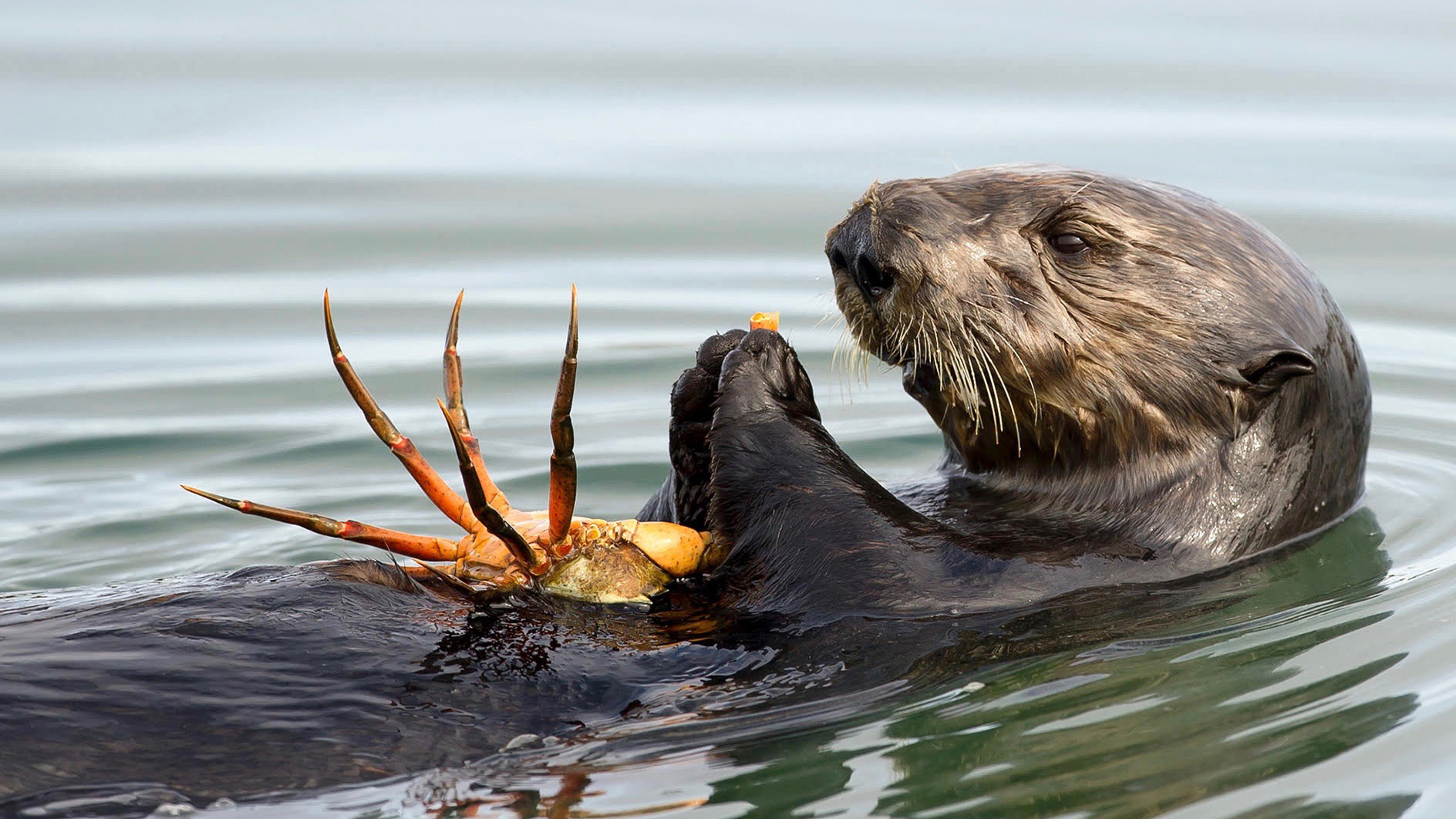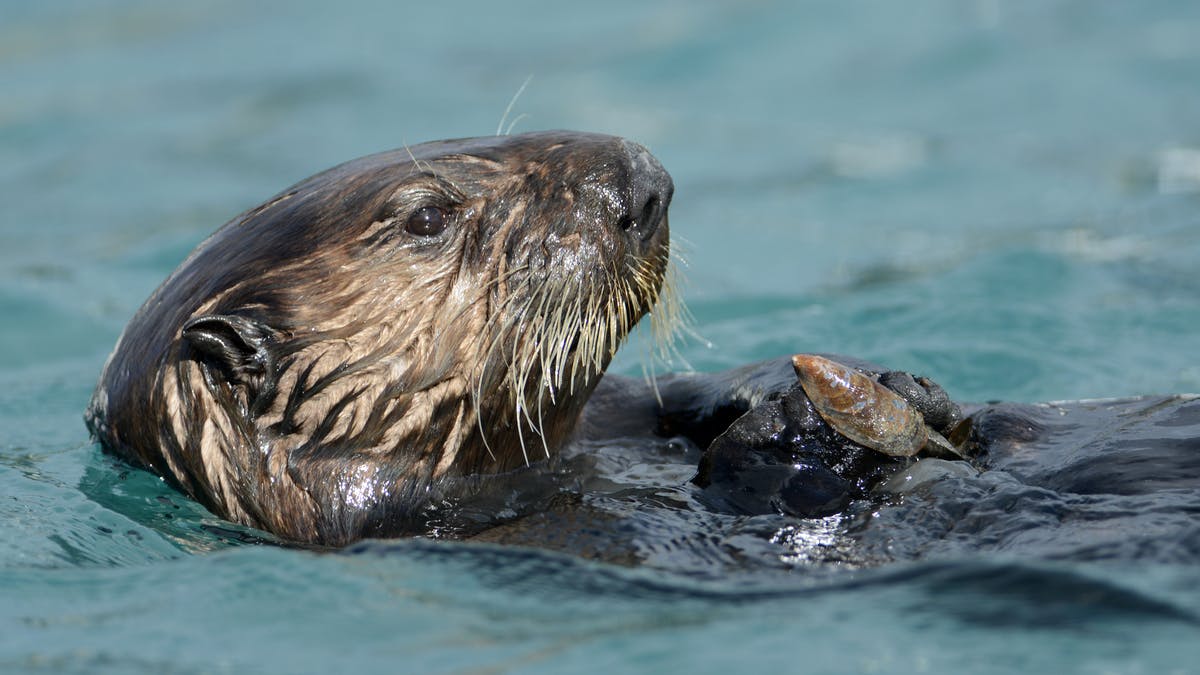“Sea otters are an amazing indicator of what’s happening in the coastal environment, not just to other marine animals, but to us, too, especially on the issue of domoic acid,” said Christine K. Johnson, director of the EpiCenter for Disease Dynamics in the One Health Institute at the UC Davis School of Veterinary Medicine and senior author of the study.
Rise in algal blooms puts southern sea otters at increased risk of fatal heart disease

Southern sea otters are the modern equivalent of the “canaries in the coal mines” when it comes to increased neurotoxin concentrations produced by harmful algal blooms in rapidly-warming oceans. The animals are increasingly dying because of heart disease from demoic acid consumed in their food chain.
Domoic acid is a neurotoxin that accumulates in the food web, contaminating crabs and clams, both of which are common prey for sea otters. It is produced by harmful algal blooms, which typically occur when water is unusually warm. Climate change projections indicate that toxic blooms and domoic acid exposure will continue to rise.

“That’s worrisome for the long-term population recovery of southern sea otters, which are a threatened species,” said lead author Megan Moriarty, a wildlife veterinarian who conducted this research for her Ph.D. in epidemiology at UC Davis. “This study emphasises that domoic acid is a threat that isn’t going away. It’s a food web toxin and is pretty pervasive.”
One example of how climate change is already impacting myriad marine species was the massive warm water “blob” in 2015, which created a widespread toxic bloom along the West Coast of America, causing domoic acid levels to spike and forcing the closure of that season’s Dungeness crab fishery.
“Improving our understanding of the effects of domoic acid on the health and population recovery of southern sea otters is extremely important,” said co-author, veterinarian and pathologist with the California Department of Fish and Wildlife, Melissa Miller. “Given their unique biology and specialised diet, sea otters are extremely vulnerable to toxic algal blooms, which are likely to worsen with climate change. So the results of this work have far-reaching implications.”

